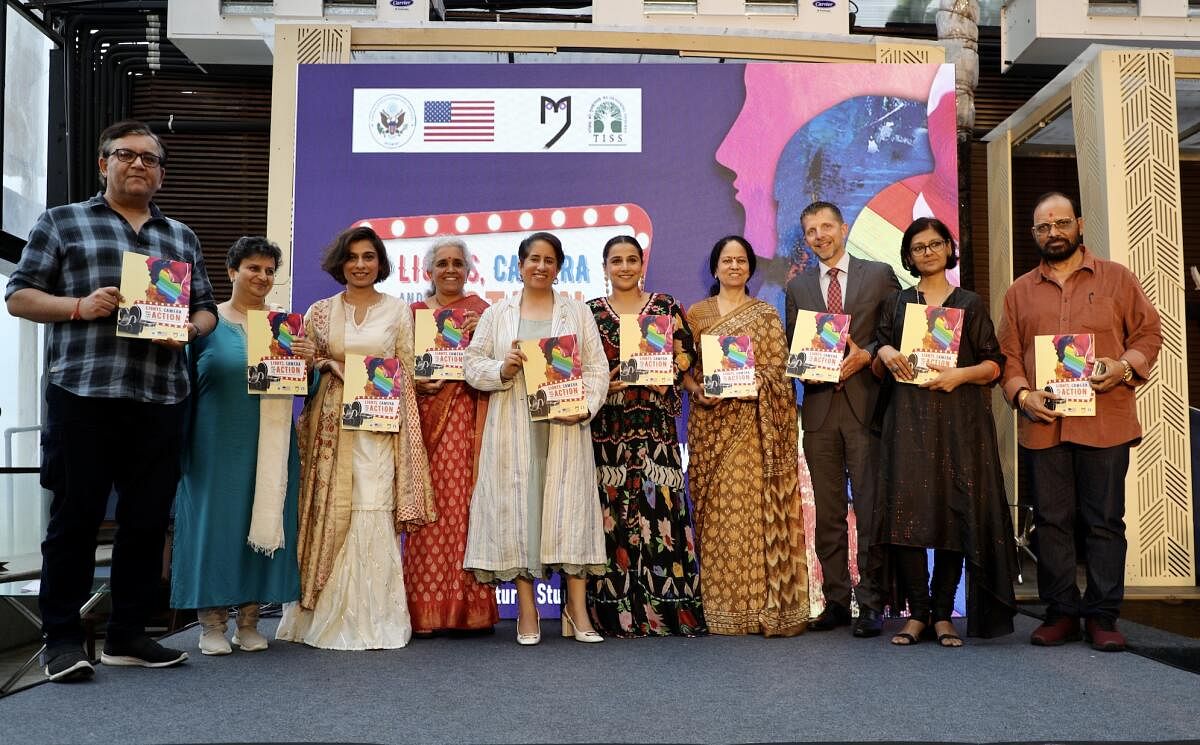
A new research report by the School of Media and Cultural Studies at the Tata Institute of Social Sciences (TISS), Mumbai reveals that both on and off-screen, women and queer representation in box office hits remain largely stereotypical. Research for the report, supported by a research grant from the US Consulate General, Mumbai, consisted of both quantitative and qualitative studies. The quantitative research studies analysed 25 2019 box office hits to capture a year of pre-pandemic theatrical releases as well as 10 ‘women-centric’ films released between 2012 and 2019 as a representative sample. Researchers analysed 15 crucial parameters, such as intersectional representation, occupation, degree of sexual stereotyping, consent, intimacy and harassment. The studies also analysed women’s participation behind the scenes and off-screen.
“This is an important study and a timely one. The report offers an opportunity to foster a diverse, more representative Hindi cinema. I hope it engenders a conversation that looks towards meaningful change,” said TISS Director Prof Shalini Bharat. In addition to the quantitative studies, TISS carried out three qualitative studies with the experiences and perspectives of women and queer screenwriters, directors and young online media critics.
According to the report, 72% of characters in the analysed films are played by cis-males, 26% by cis-females, and 2% by queer actors. 36% of box office hits and
100% of women-centric films passed the Bechdel test. Further, the most popular skin tone for women characters is fair skin and body type is thin for lead characters and medium for all other support characters. The report also found that the expression of romance and intimacy is restricted in the box office and women-centric films, but most often it is male characters who initiate intimacy. The idea of consent is still fraught with ambiguity because there is a greater emphasis on women remaining demure and expressing consent through non-verbal and symbolic gestures. While women in employment and in public domain work are shown in films, the work roles they play are gendered, with a greater presence of women in health care, education, entertainment, and journalism. Women-centric films, on the other hand, have greater diversity, and explore inbound subjects dealing with relationships, sexuality, motherhood, and other sensitivities.
Sharing her thoughts on the findings of the study, Nandita Das said, “This is a very important report that tells us where we are in terms of representation in Hindi
films, both, in front and behind the camera. Anecdotally, we may feel we are far better than where we were, but the research and statistics show us that we have a rather long way to go. It is a detailed and thought-through report that needs to be seen by anyone who cares to be part of the change that we want to see in the film industry.” “When I read the report I was surprised because the ground reality seemed different to me. I don’t think we have crèche facilities yet but definitely POSH committees have been instituted in every production that I have been involved in and I can say that a lot of production houses are following that. As far as more women in cinema go, there has to be a holistic solution to it. I don’t see why it’s a bad thing if women directors are hiring women technicians and women-heavy crews. Eventually, that will percolate into male-led films also,” added Vidya Balan. Elaborating further on hurdles for female producers, Guneet Monga, lamented, “I absolutely miss a group of producers who are doing independent films. I have seen a lot of them give up after producing one or two. I think women are incredible at multitasking and are generally able to run the world better.”